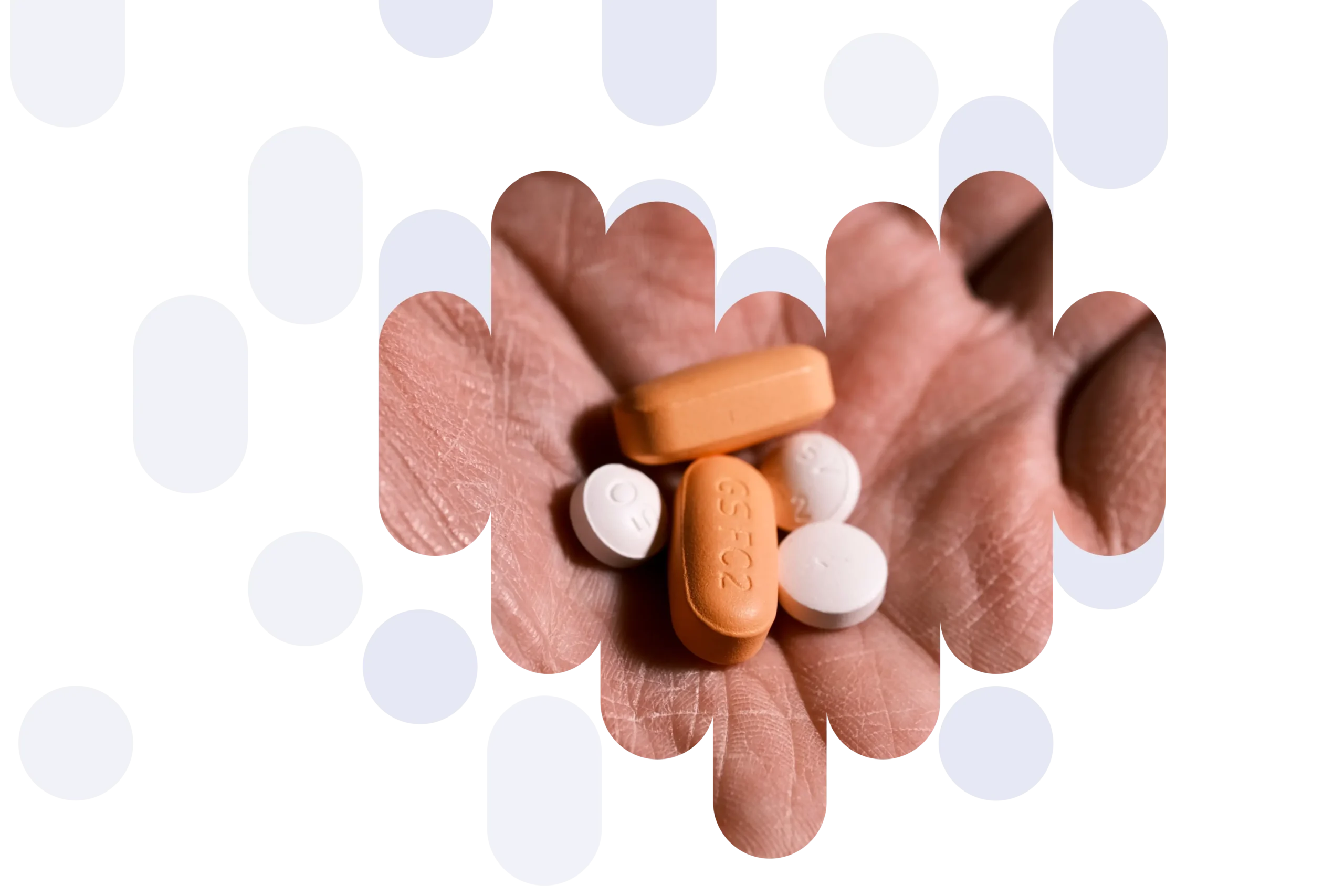How we save lives / Blood pressure control / Patient-centered hypertension services
Patient-centered hypertension services
Streamlining care with differentiated service delivery

Integrated HIV + Hypertension Programs
In Primary Health Care
Integrated HIV + Hypertension Programs
People living with HIV are dying from high blood pressure.
Globally, nearly half of PLHIV aged 50 and older are estimated to have hypertension.
In Sub-Saharan Africa alone, an estimated 6 MILLION people with HIV also have hypertension. Evidence suggests that less than 25% are receiving treatment.
As they age, people living with HIV are at higher risk of heart disease and stroke than HIV-negative adults—even when their HIV is controlled.
Toolkit
That’s why we’ve developed a toolkit for integrating hypertension care into existing HIV services.
The toolkit can support national and regional program managers and implementing partners with HIV-hypertension integration and scale-up
75% of PLHIV worldwide receive antiretroviral therapy (ART), often through differentiated service delivery (DSD): a patient-centered approach that makes accessing and adhering to chronic disease treatment easier for patients.
Since treatment schedules for controlled HIV and controlled hypertension are well aligned, combining care for both conditions in one program streamlines care delivery and makes life easier for both patients and providers.
Treating high blood pressure in PLHIV could prevent close to 100,000 deaths over the next ten years
Why integrate HIV and hypertension care?
Management of HIV and hypertension both require daily medication and may have a similar schedule for clinical check-ups
Integration reduces inefficiencies for health care providers and makes collecting prescriptions and sticking to treatment easier for patients
Including hypertension care improves demand for HIV services, especially for harder-to-reach populations
It’s recommended by the World Health Organization (WHO)
Integrating HIV and hypertension services improves outcomes
5%
We supported a pilot project by Makerere University Joint AIDS Program in Uganda which saw which saw in just two years, while HIV control was maintained at 98%.
Resources
In Primary Health Care